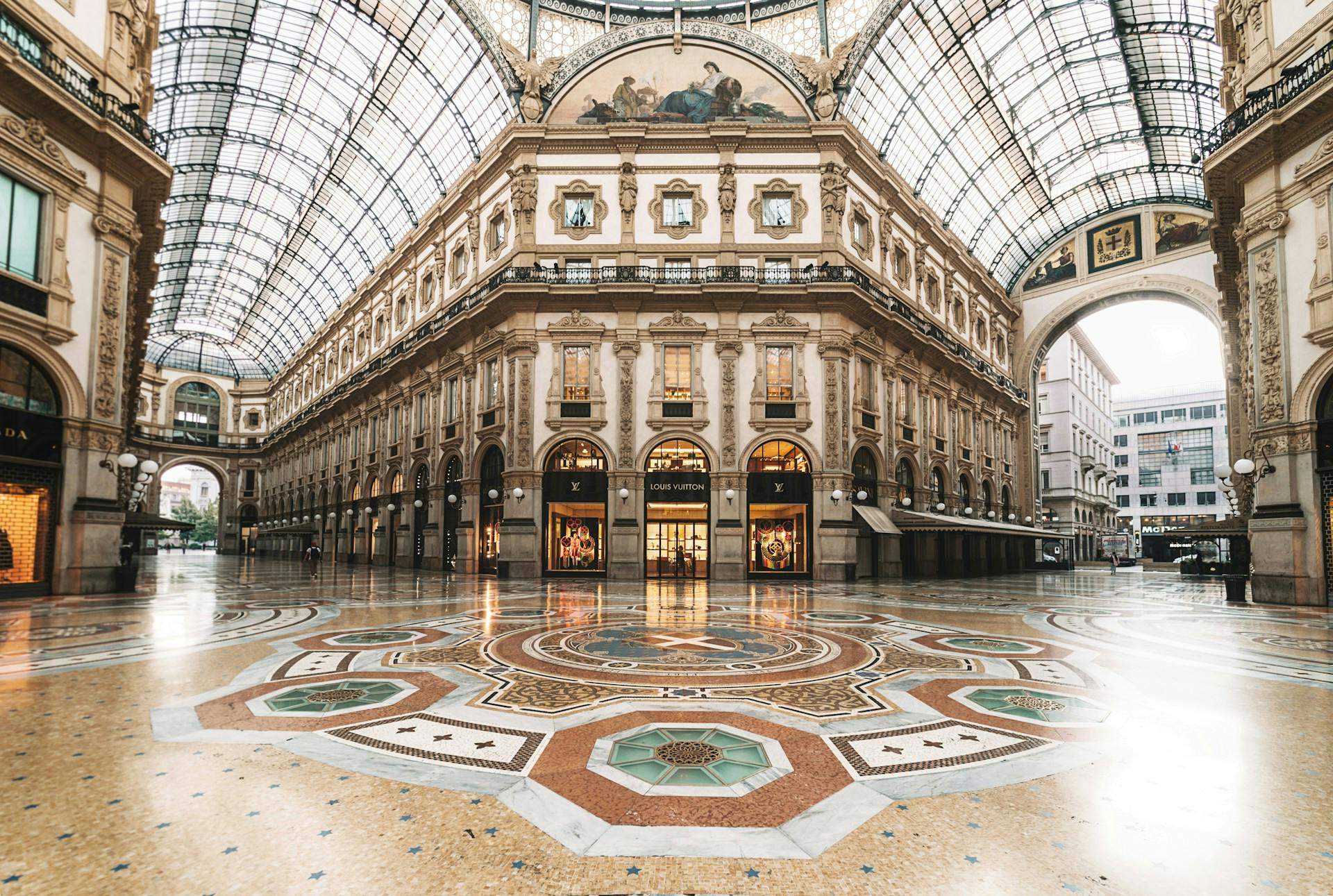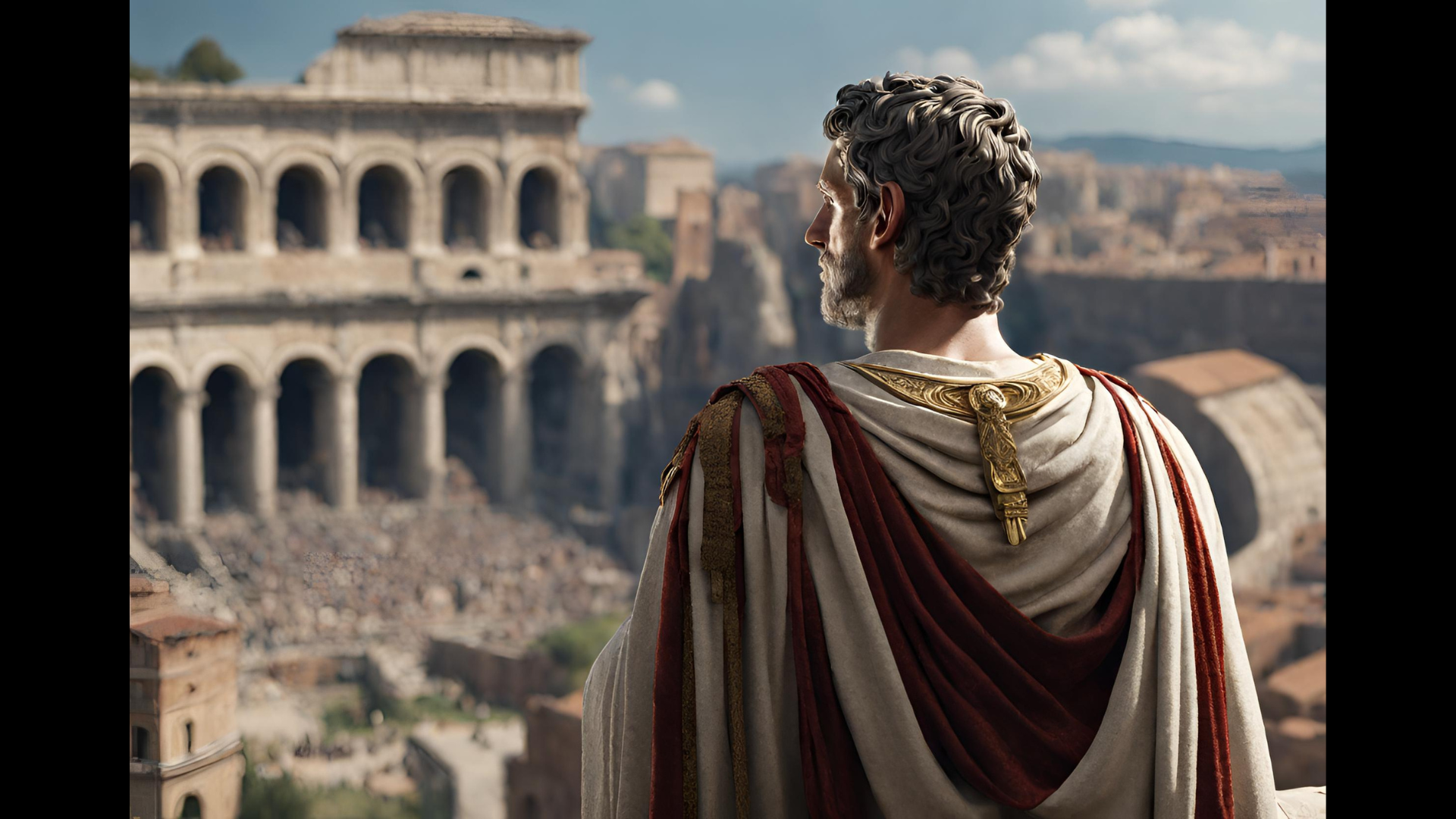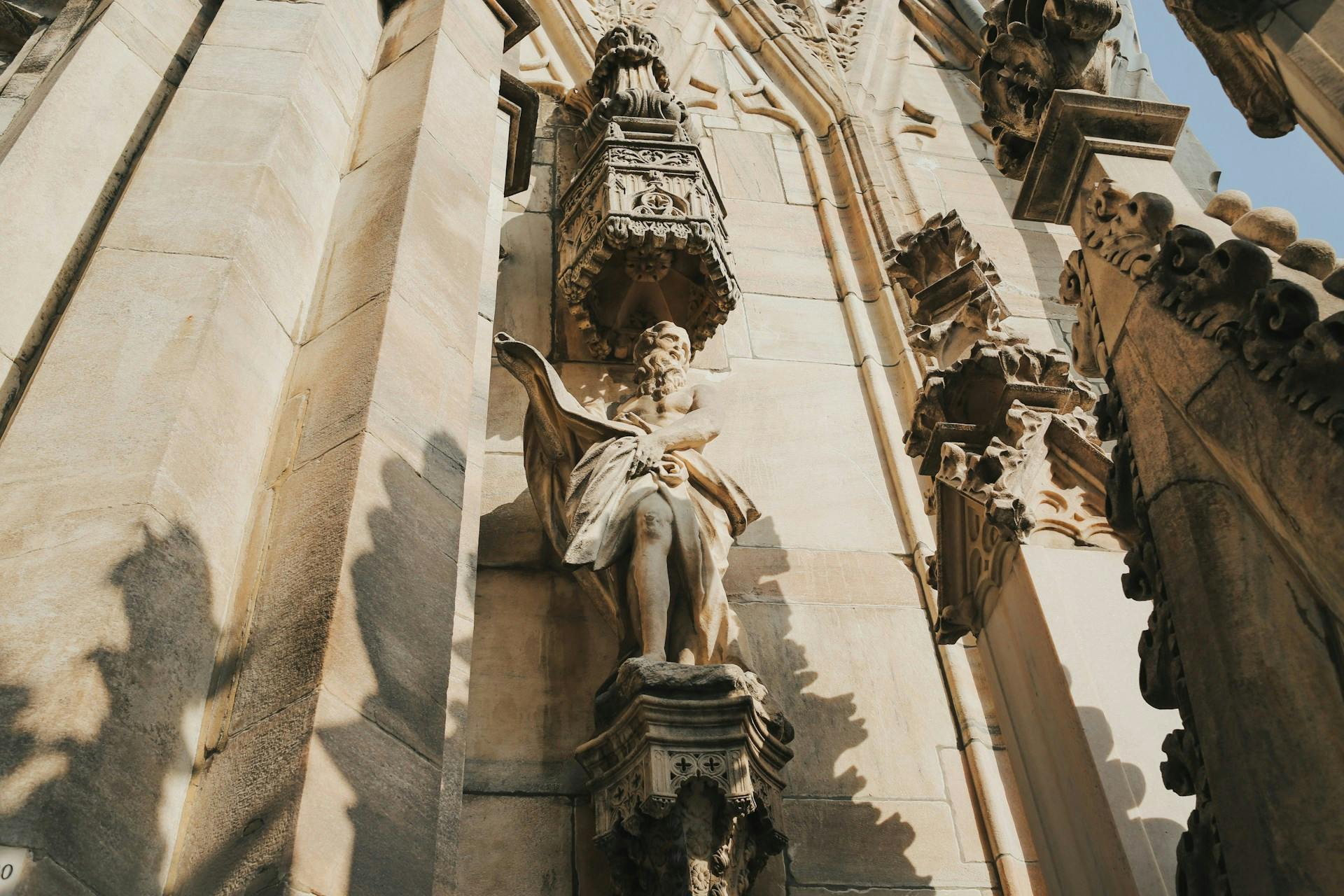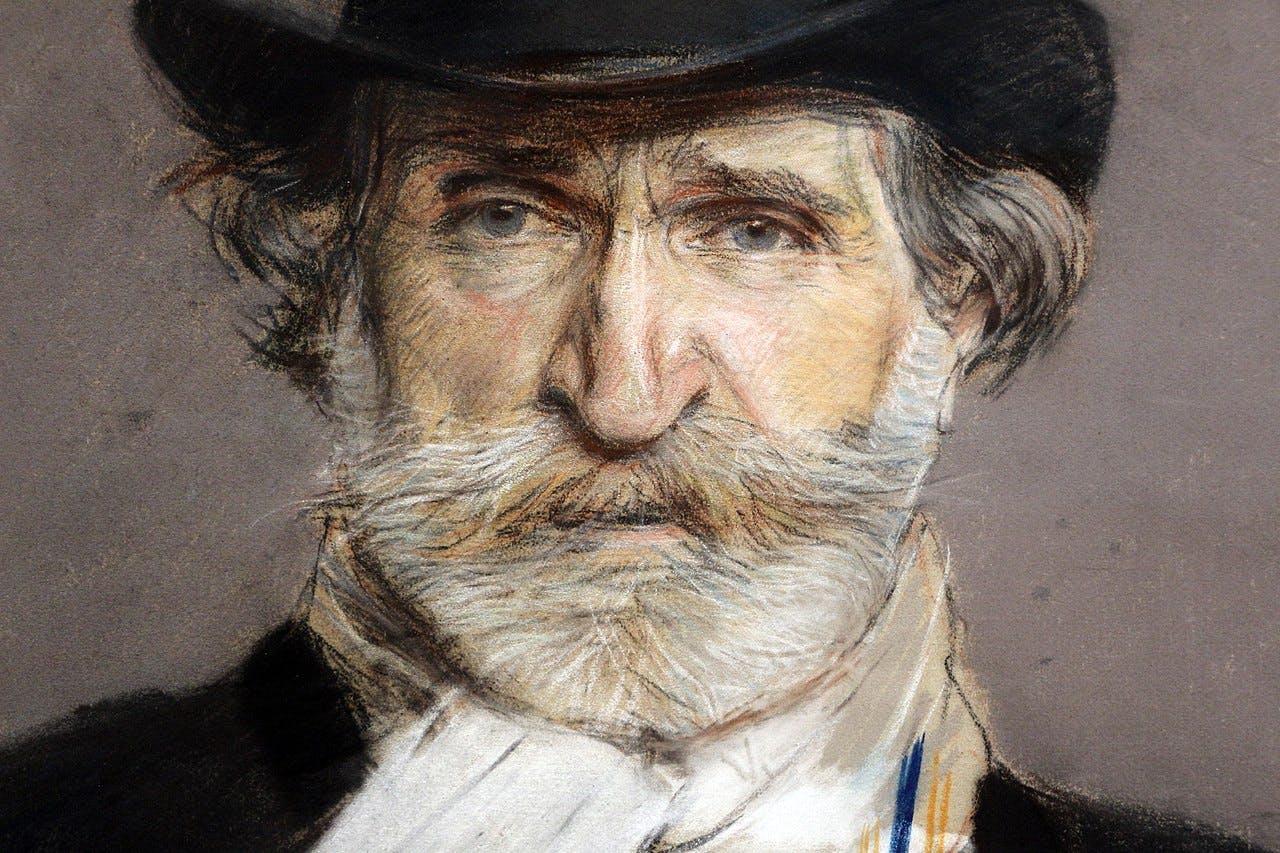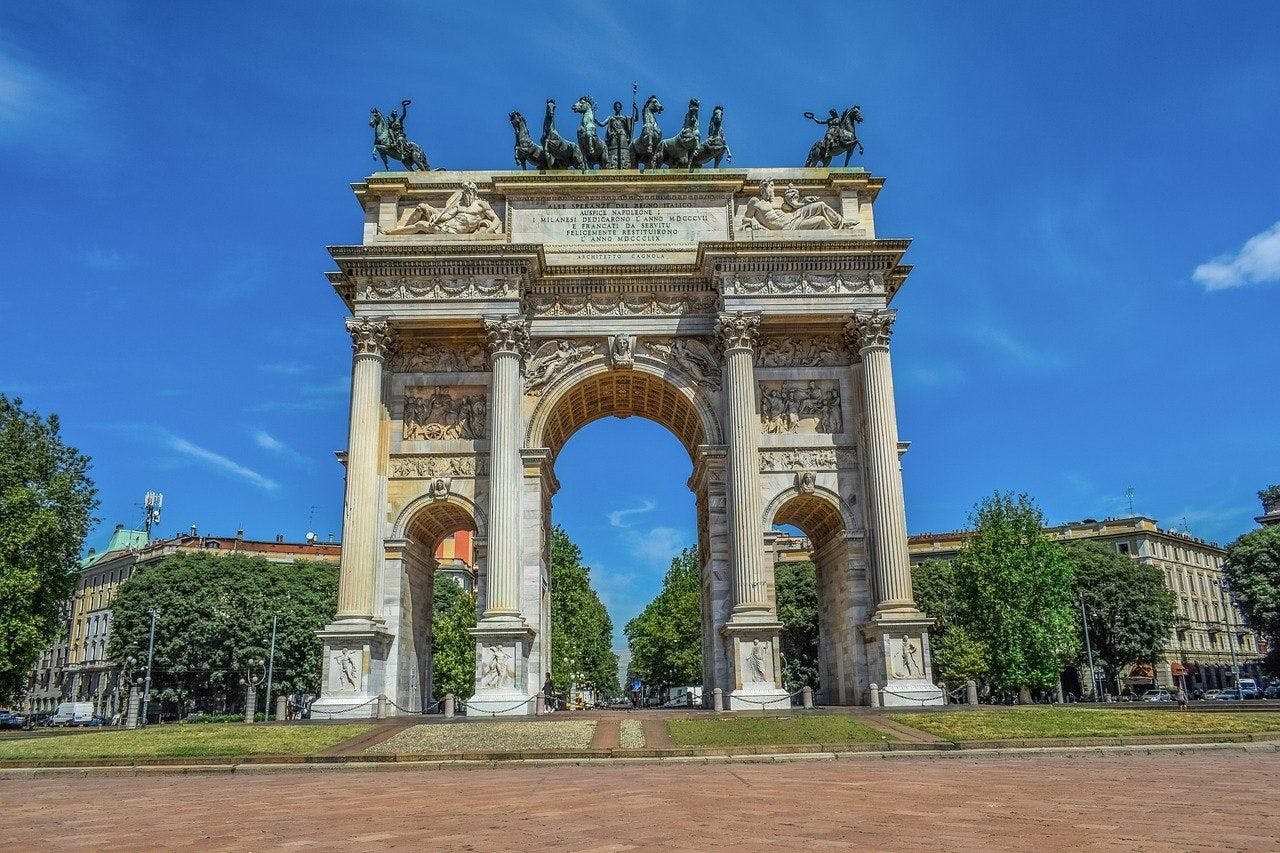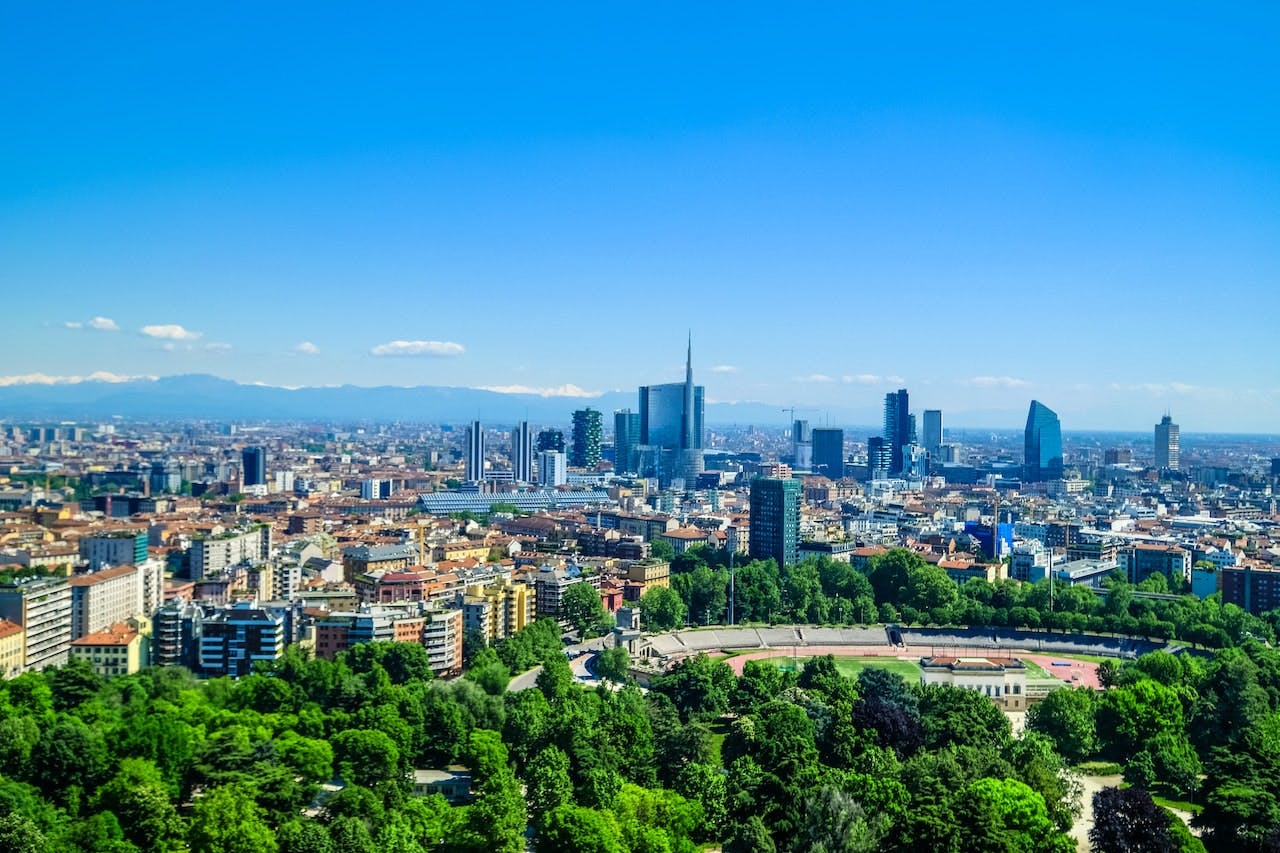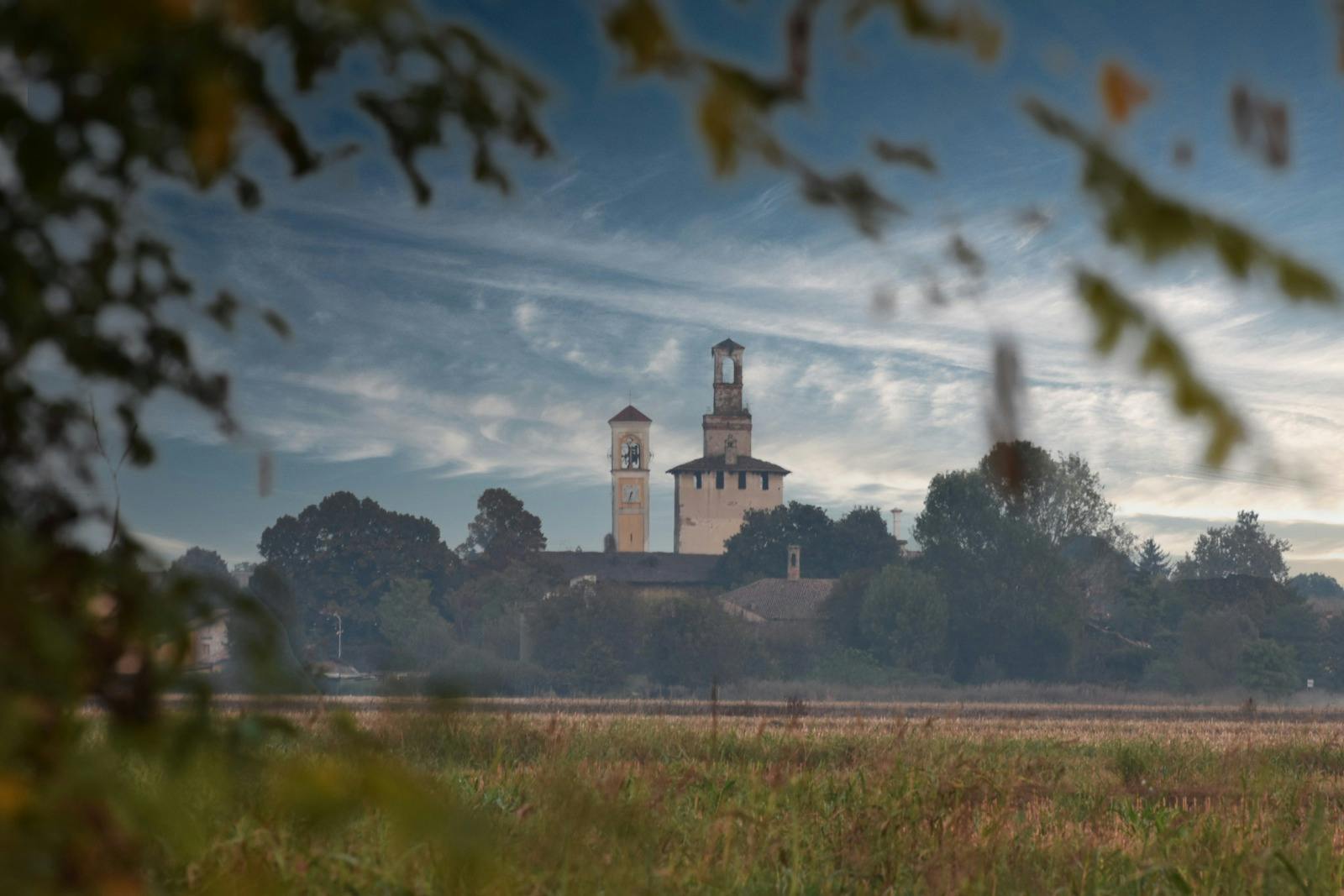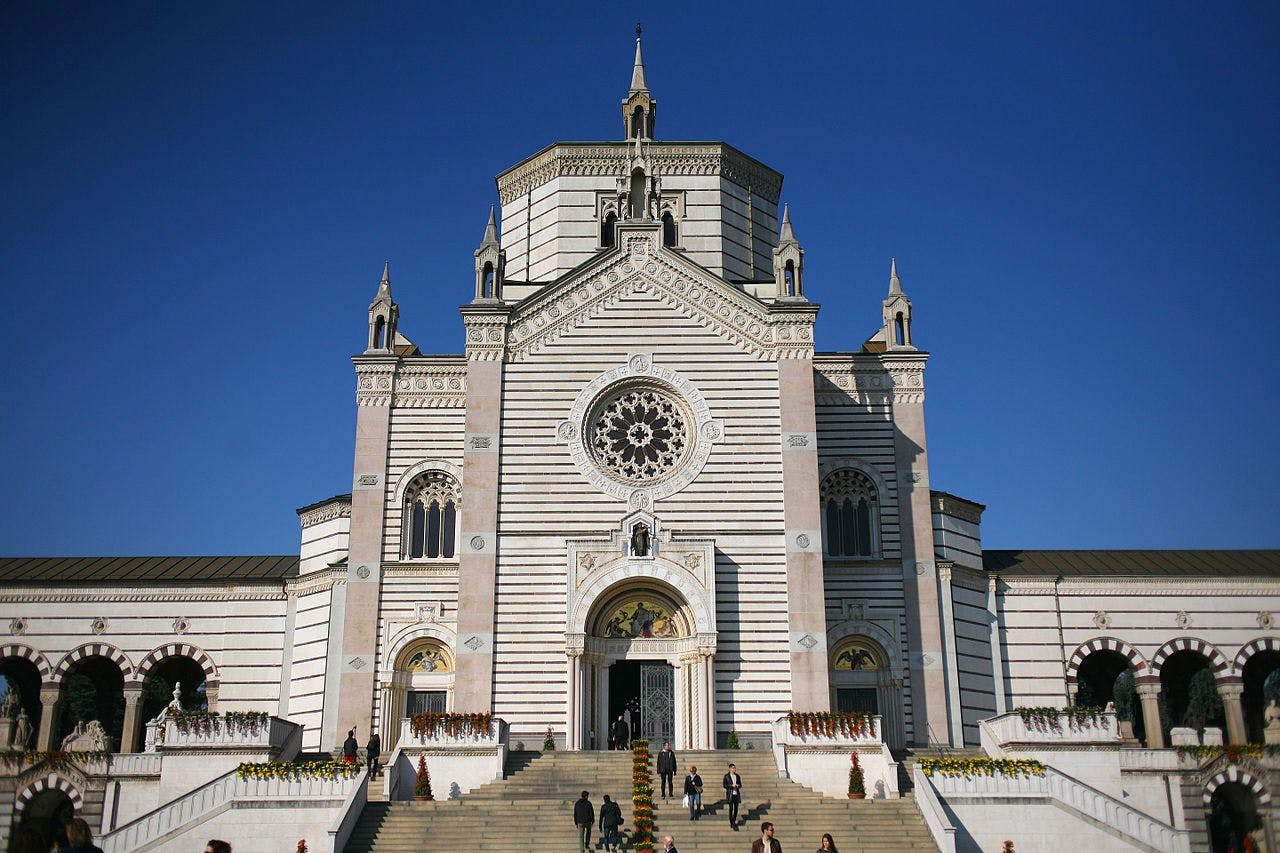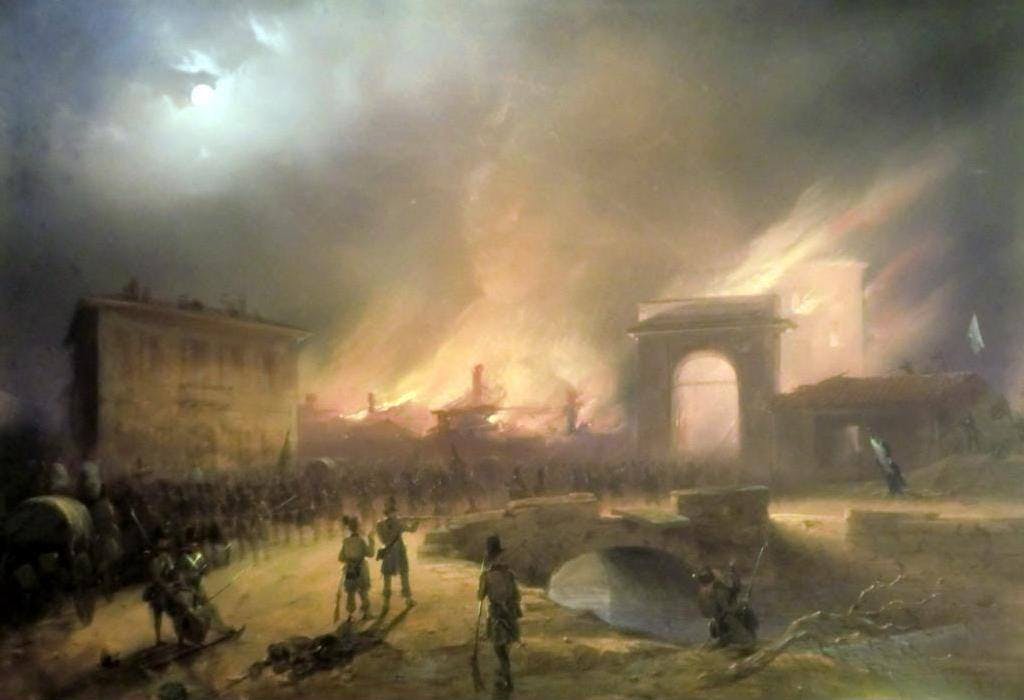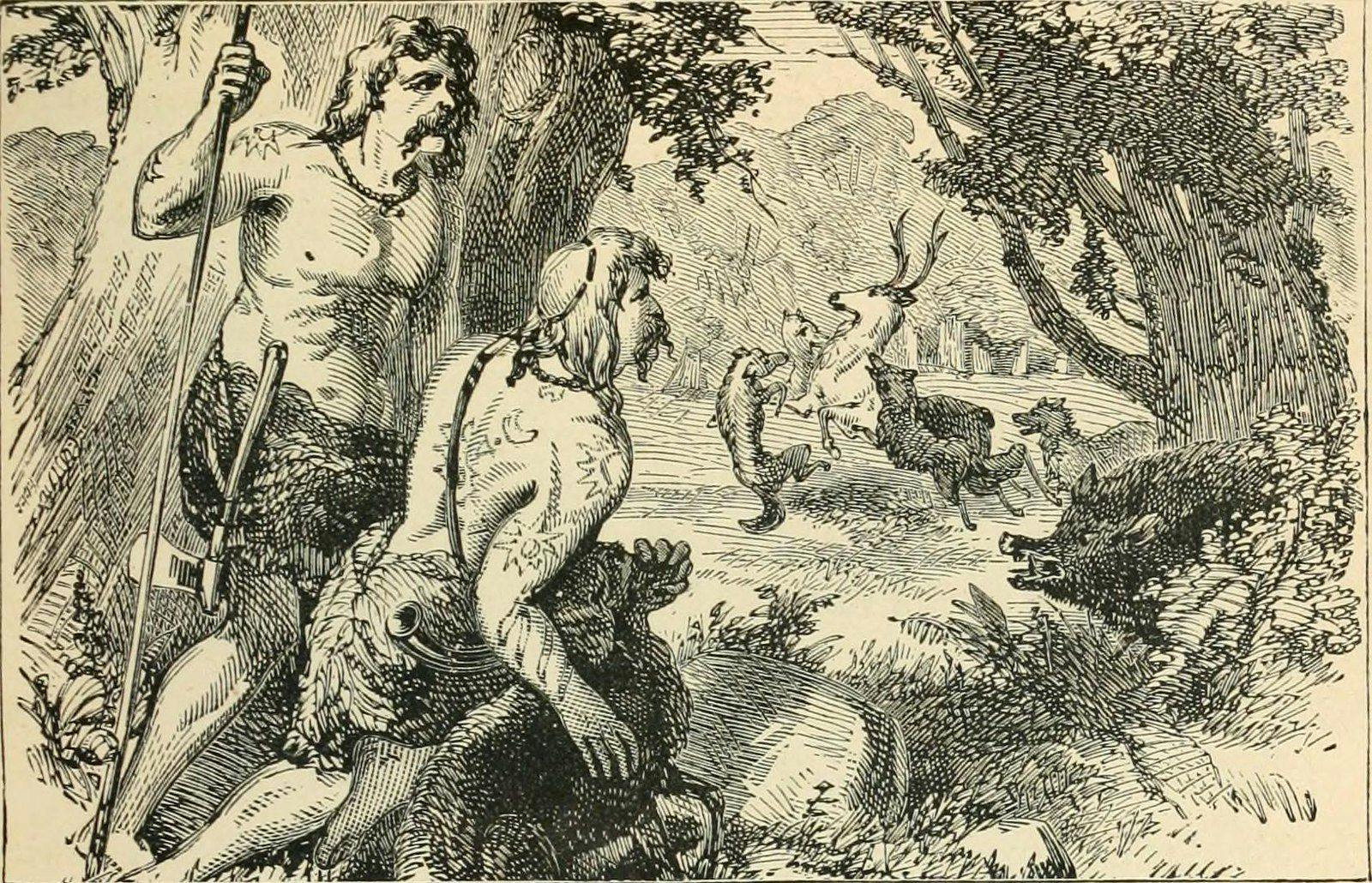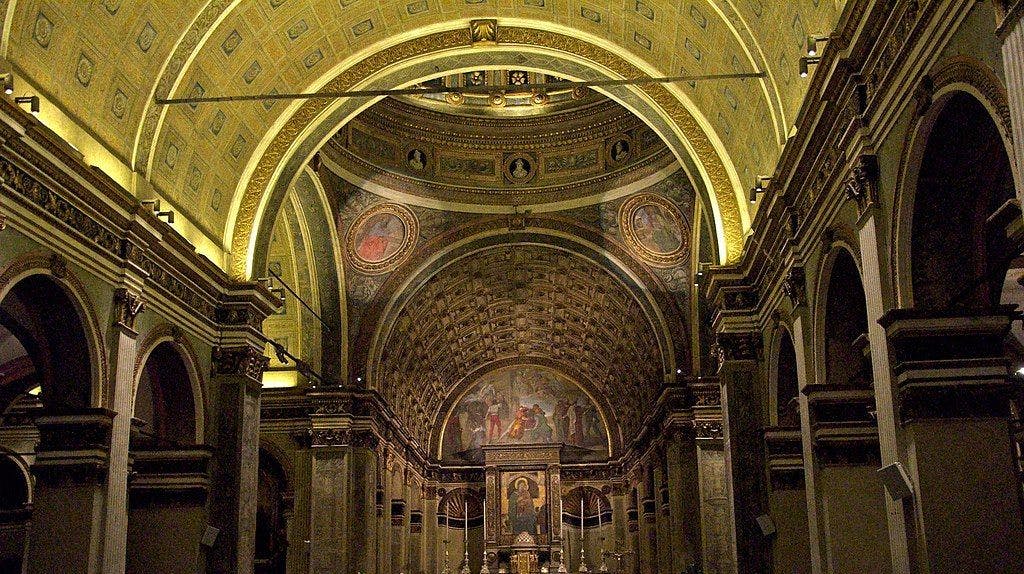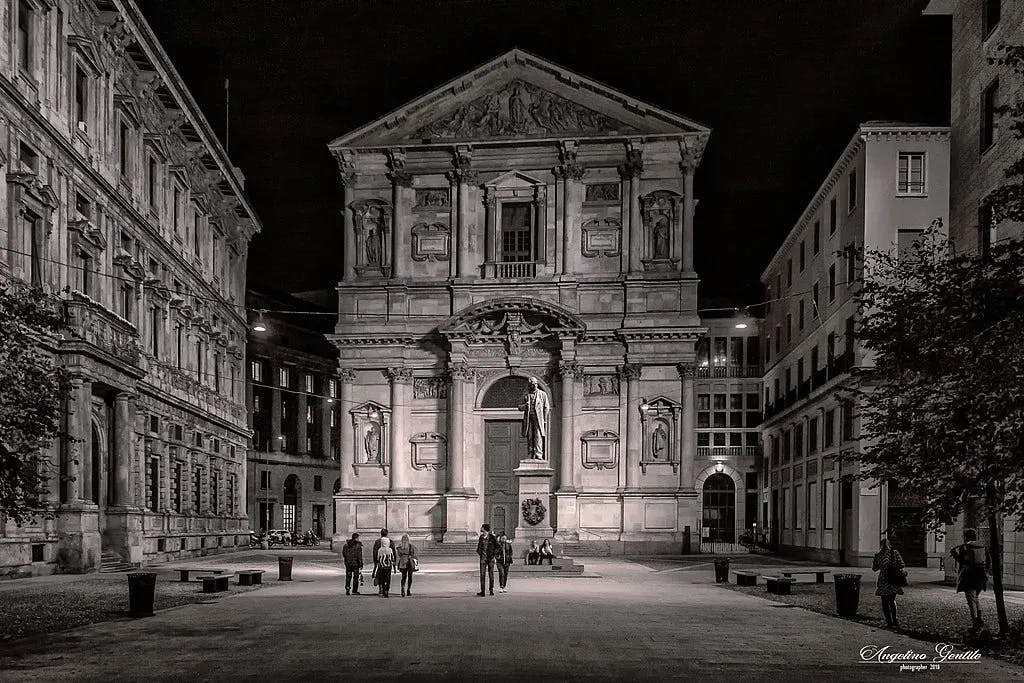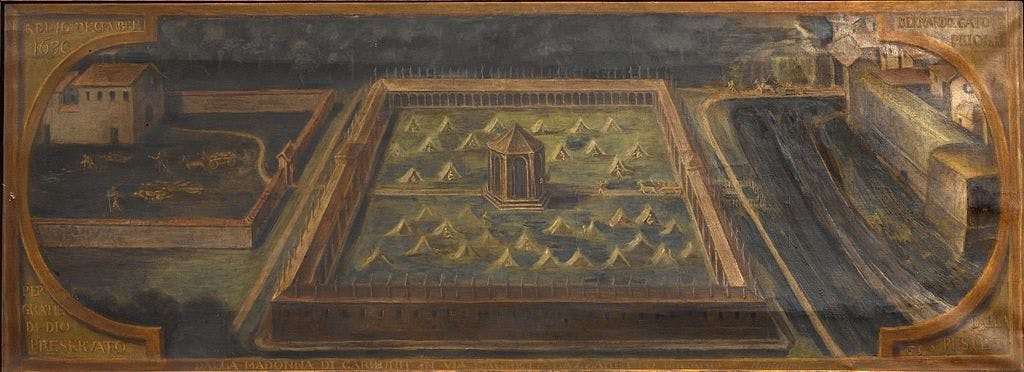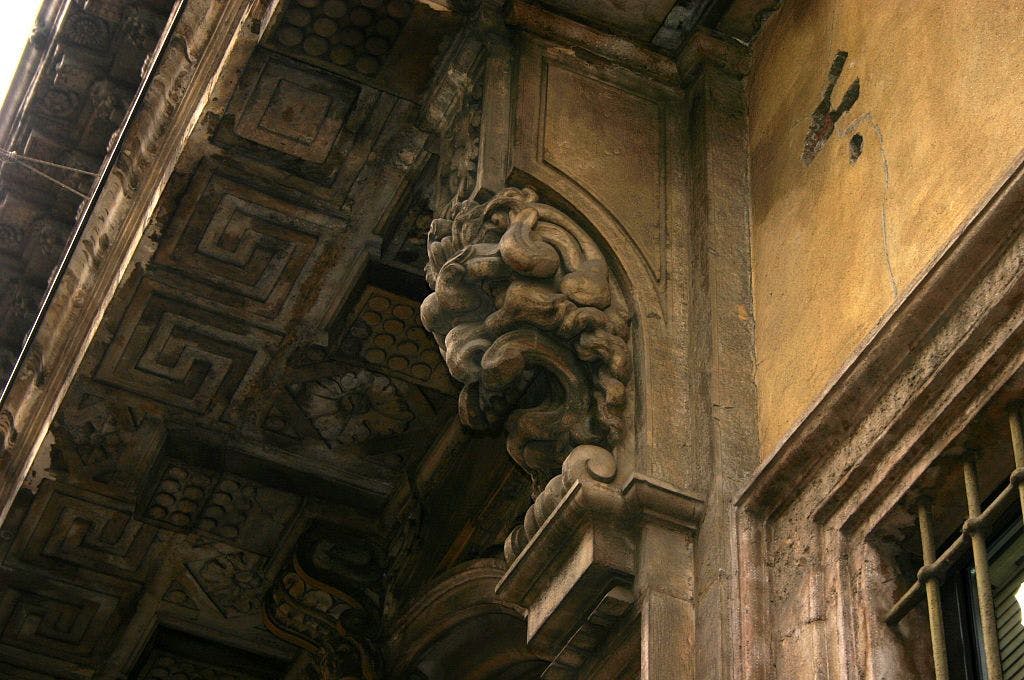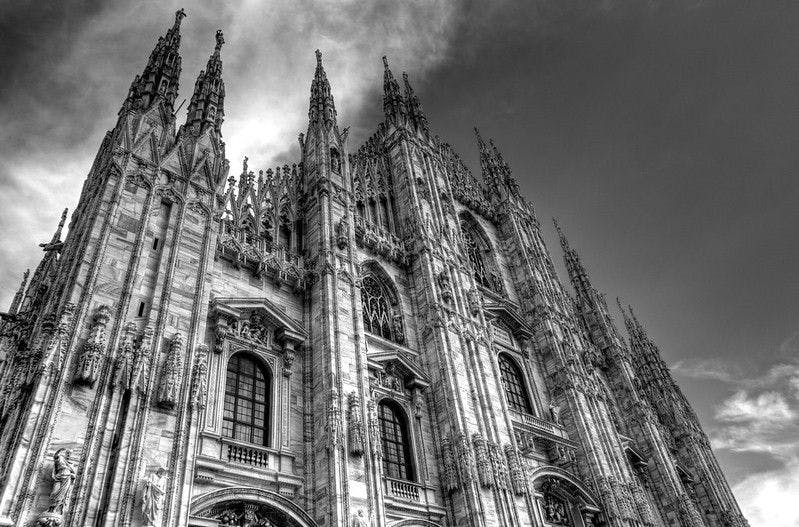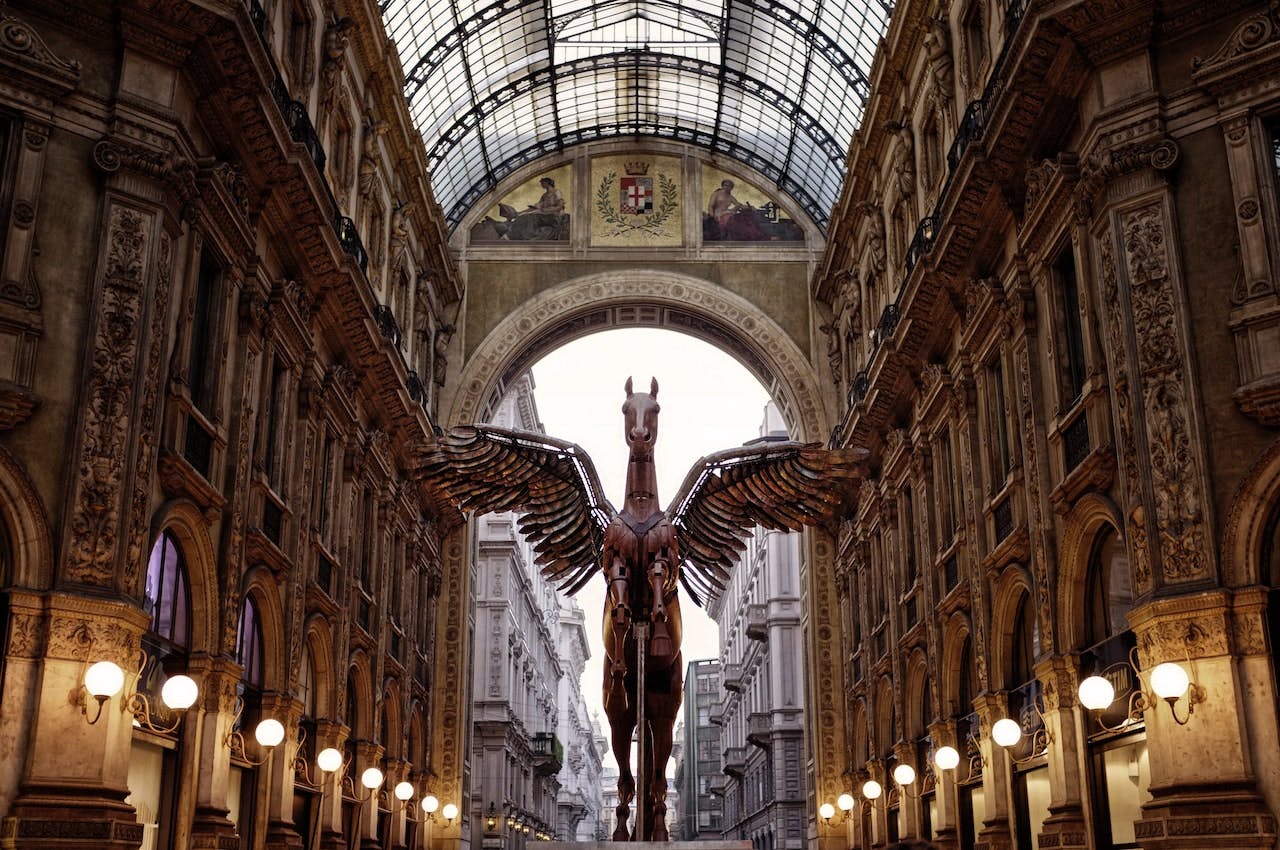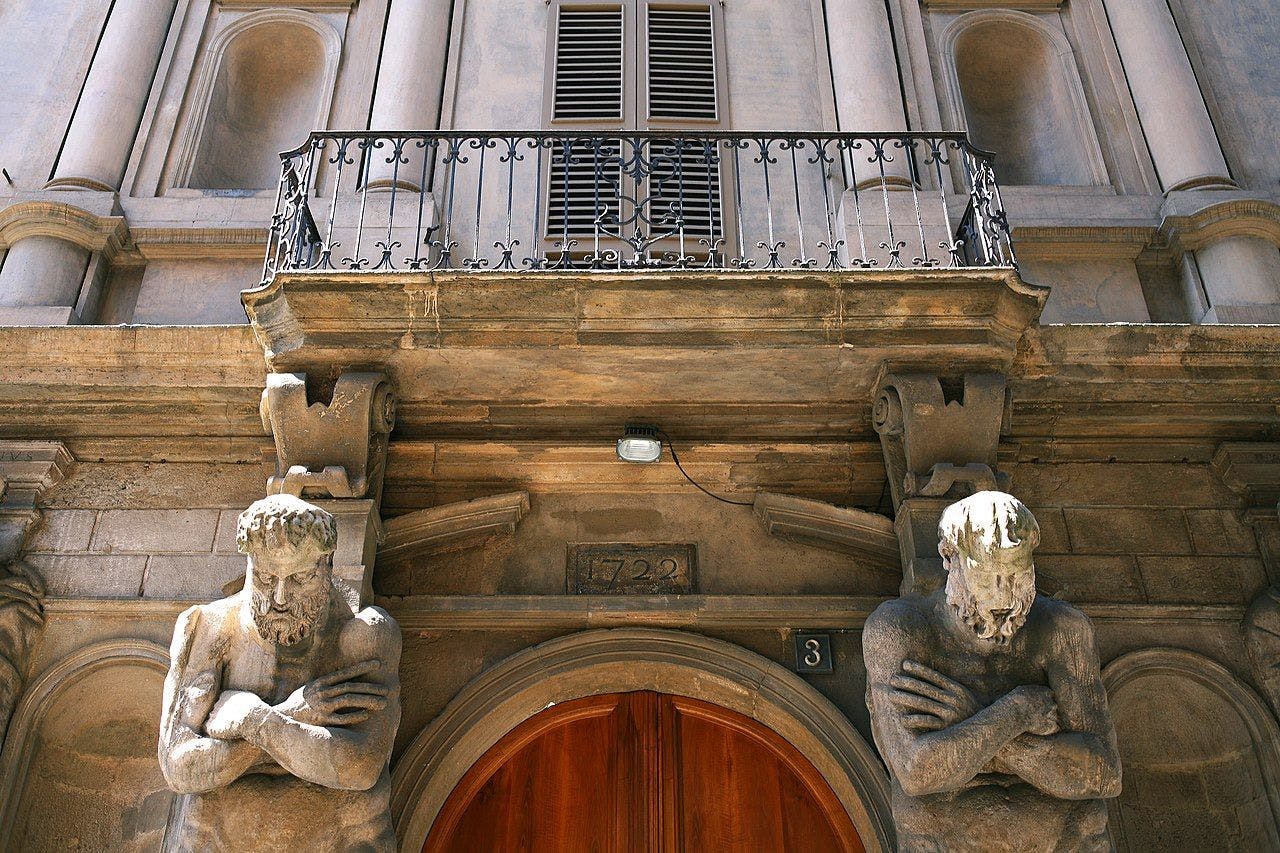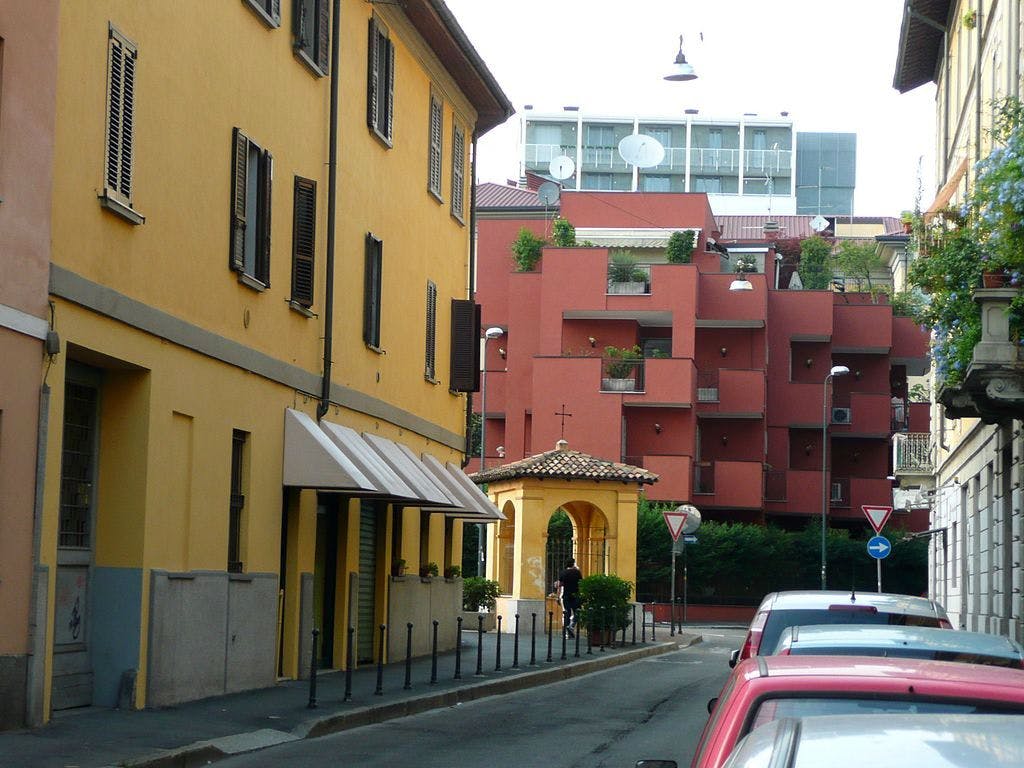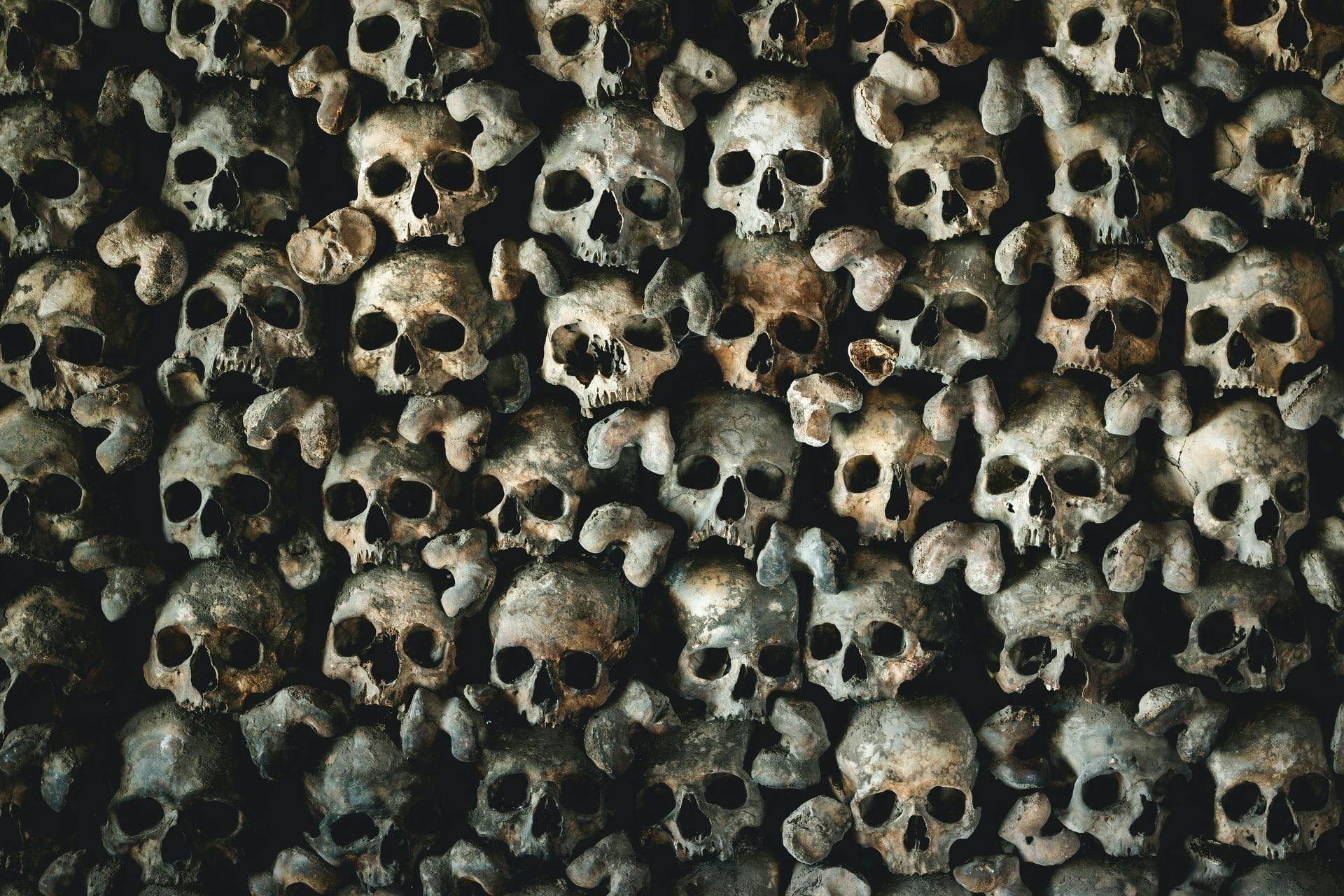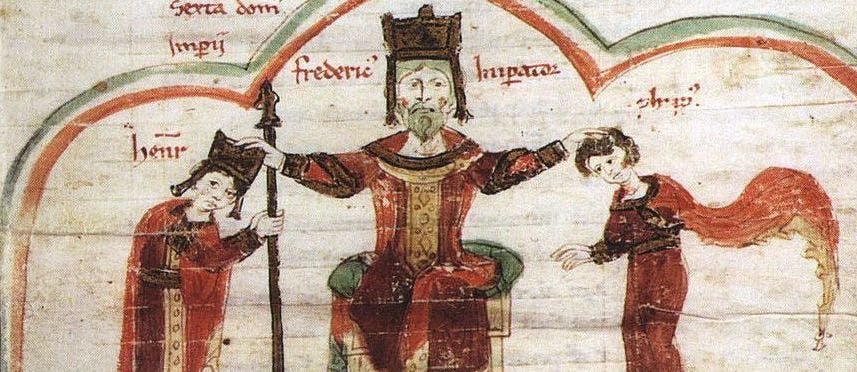Once upon a time, in the early 16th century CE, Italy was an unstable land with many kingdoms and powers trying to prevail on the scene. As a result, the Italian territory soon became a contested terrain leading to clashes and battles known as the ‘Italian Wars’ that lasted for about half a century.
Today, in Milano stands a building that bears the memory of these past times: the Bicocca of Arcimboldi.
This historical landmark is a vital example of a 15th-century suburban villa. It was the rural residence and farmhouse of the Arcimboldi family, one of Milan’s most famous patrician families under the Sforza’s kingdom.
However, only some know that the famous and bloody Battle of the Bicocca occurred right in the vicinity of this renaissance landmark.
